Silver Bolt Of Music Light – Topping DX5 II Dual DAC AMP
Topping DX5 II Dual DAC AMP is a $299 USD Desktop DAC / Headphone AMP, with a Dual ES9039Q2M DAC combo at the core, with an X-Hybrid Headphone Amplifier Circuit, and Bluetooth BT5.1 support, and 10-Band High-Precision PEQ. Today we will review the Topping DX5II and compare it with other similar DAC/AMPs we’ve reviewed recently including Shanling EH2 (369 USD), iBasso Nunchaku (299 USD) and KAEI TAP-1 DACs Hifi Tube DAC AMP (329 USD).
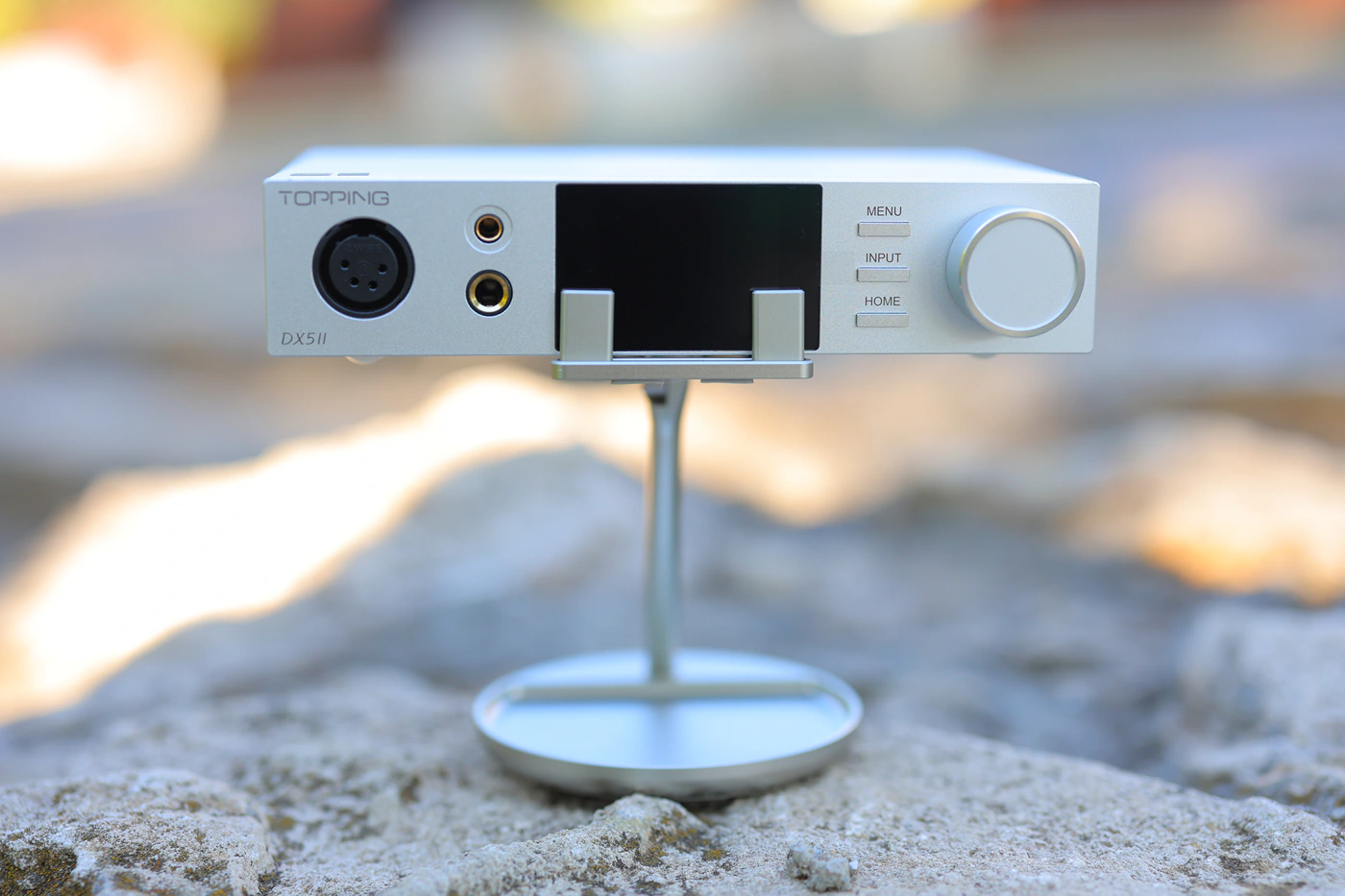
Introduction
Topping has been creating a ton of new DAC AMPs with excellent sonic performance and they’ve been a house favorite for measurement and tech enthusiasts, so today we will check out their latest midrange model, the DX5 II, which is released as part of their 2025 arsenal of DAC AMPs.
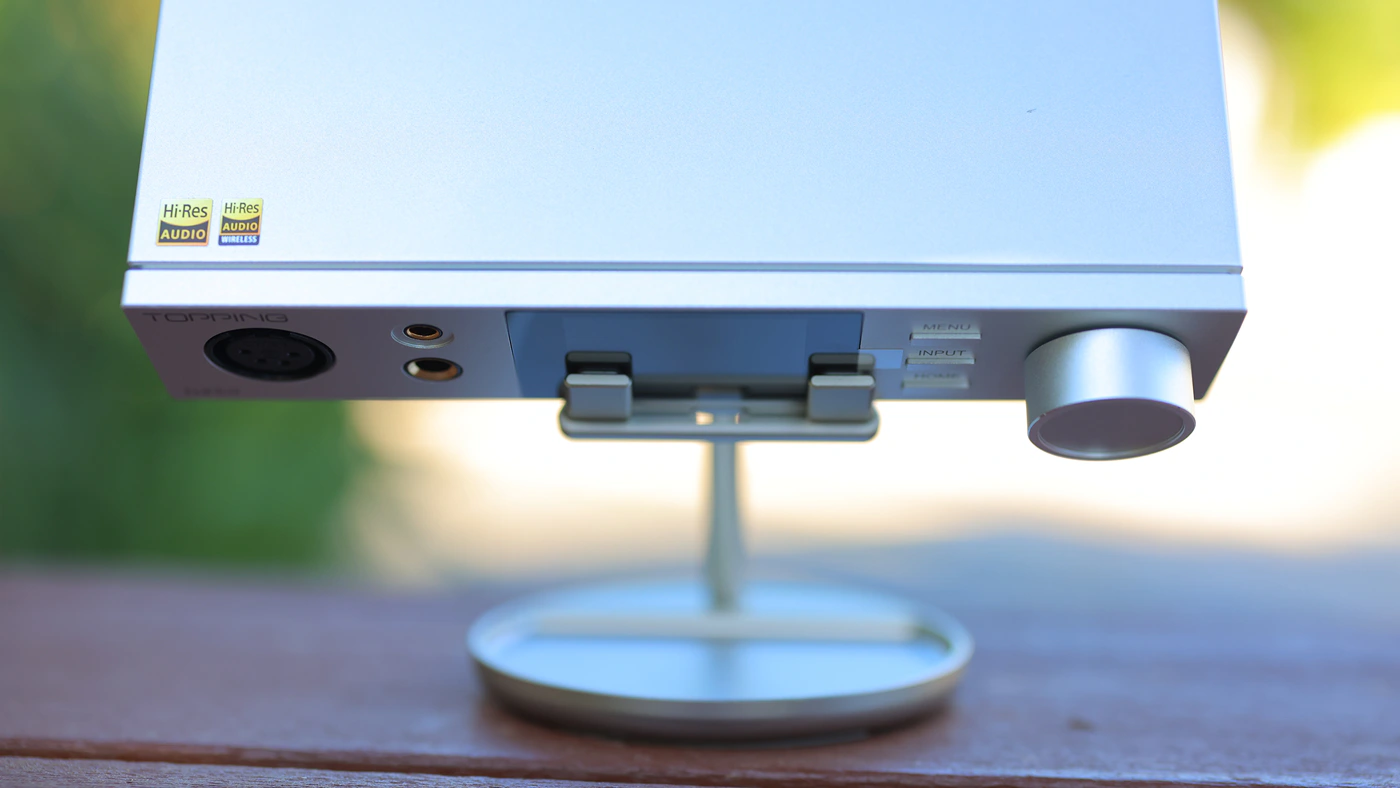
As an Amazon Influencer, I earn from qualifying purchases, and using the purchase links in my reviews helps me maintain this website and Youtube Channel. Huge thanks to Topping for providing us with the sample for this review.
Product Link
Amazon – https://amzn.to/44PRqdN
Aliexpress – https://s.click.aliexpress.com/e/_om37HKM
Build Quality – Design
Starting with the upgrades, we did not cover the original X5, but we do know that X5 II far surpasses the original, implementing far better Dual DACs, a fully balanced headphone AMP, and with an increase of SNR and Dynamic range from 125 dB on the original to 133 dB on the 2nd version. Topping also considerably increased the output power, from 1700mW x2 on the DX5 to 6400 mW x2 on the DX5 II. As we will see down below, there’s a trick to this power, as DX5 II feeds that power with a lower voltage than most DAC AMPs resulting in a fairly unique powerful but not very loud sound.
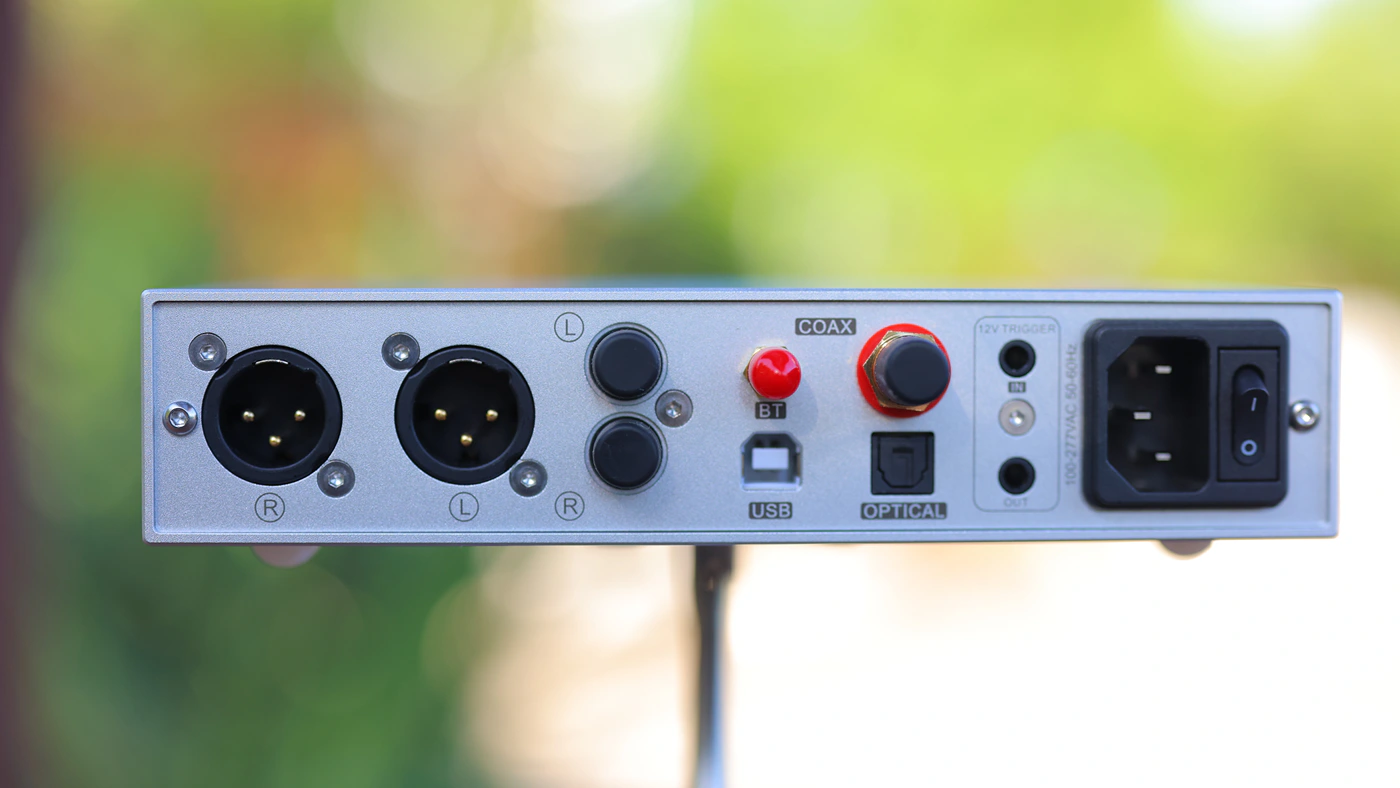
Display is now full color, which is a considerable upgrade from the monochrome display of the original DX5, as the new DX5 II is powered by Aurora UI, and it can show a complex GUI, or VU Meter selection on the 2.0″ Screen.
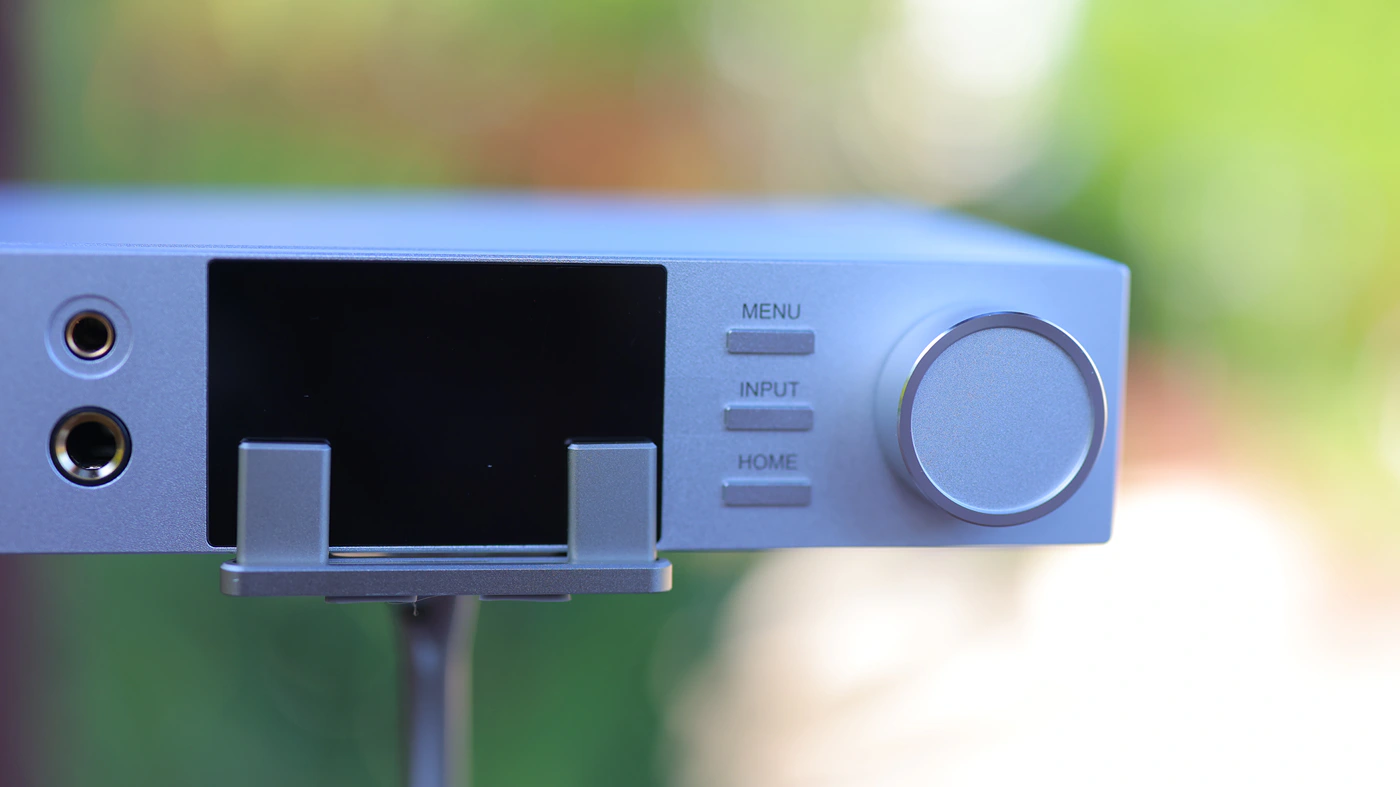
We have a really high-end Ten-Band High-Precision, which is excellent in the function, but it works only for signals up to PCM 192 kHz / 32 Bit. DX5 II also works with LDAC, being powered by the QCC5125 chip, it supports bluetooth 5.1, and can support audio data up to 96 kHzs / 24 Bit, supporting LDAC, aptX Adaptive, aptX, aptX HD, and AAC and SBC for protocols.
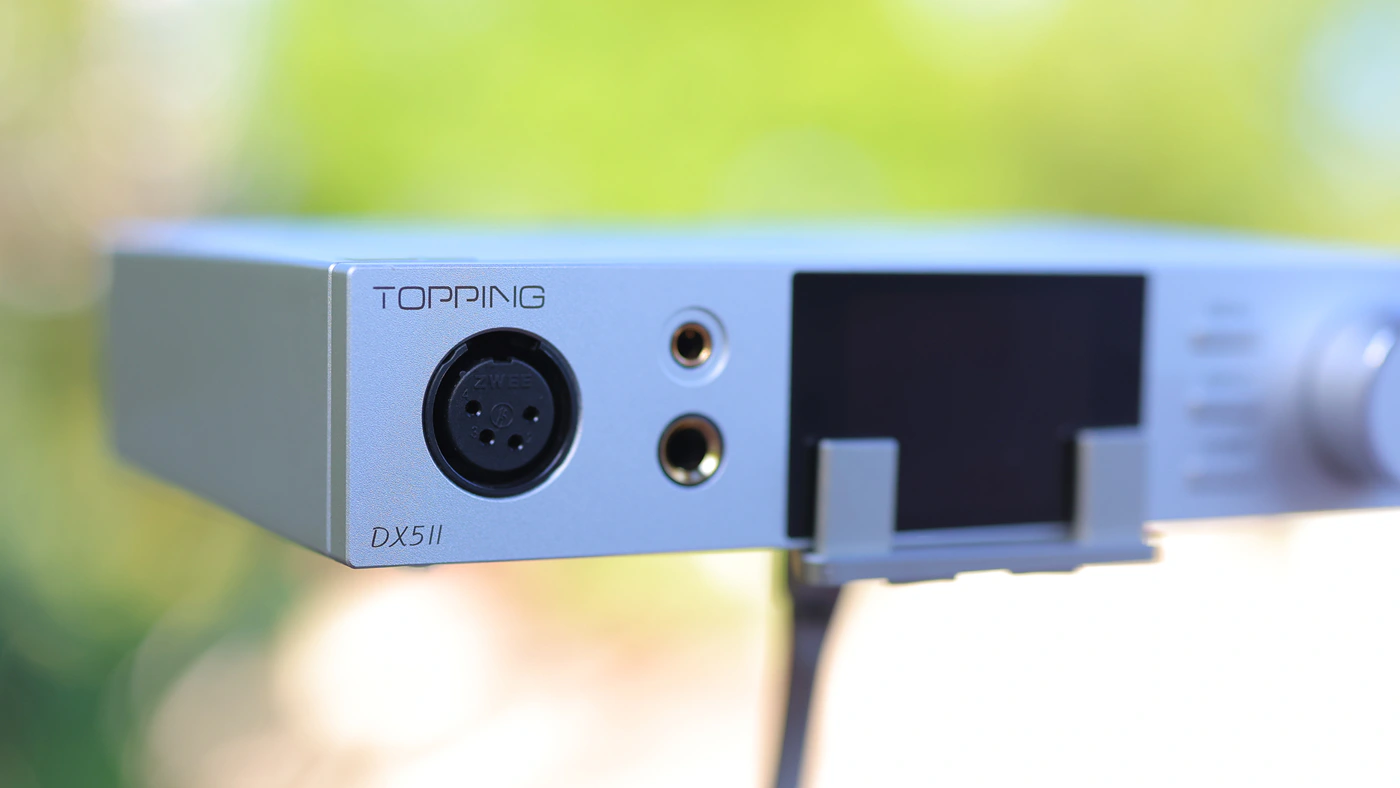
Windows Driver works without needing any software, as DX5 II is plug and play, and it also runs a self-developed IC circuit that unlocks its full potential. It can connect to powered speakers and it will allow you to adjust the volume, as it has a pre function, and it is equipped with a 12V Trigger output and input, although as I mentioned in my video, I don’t see how you’d use the 12V input.
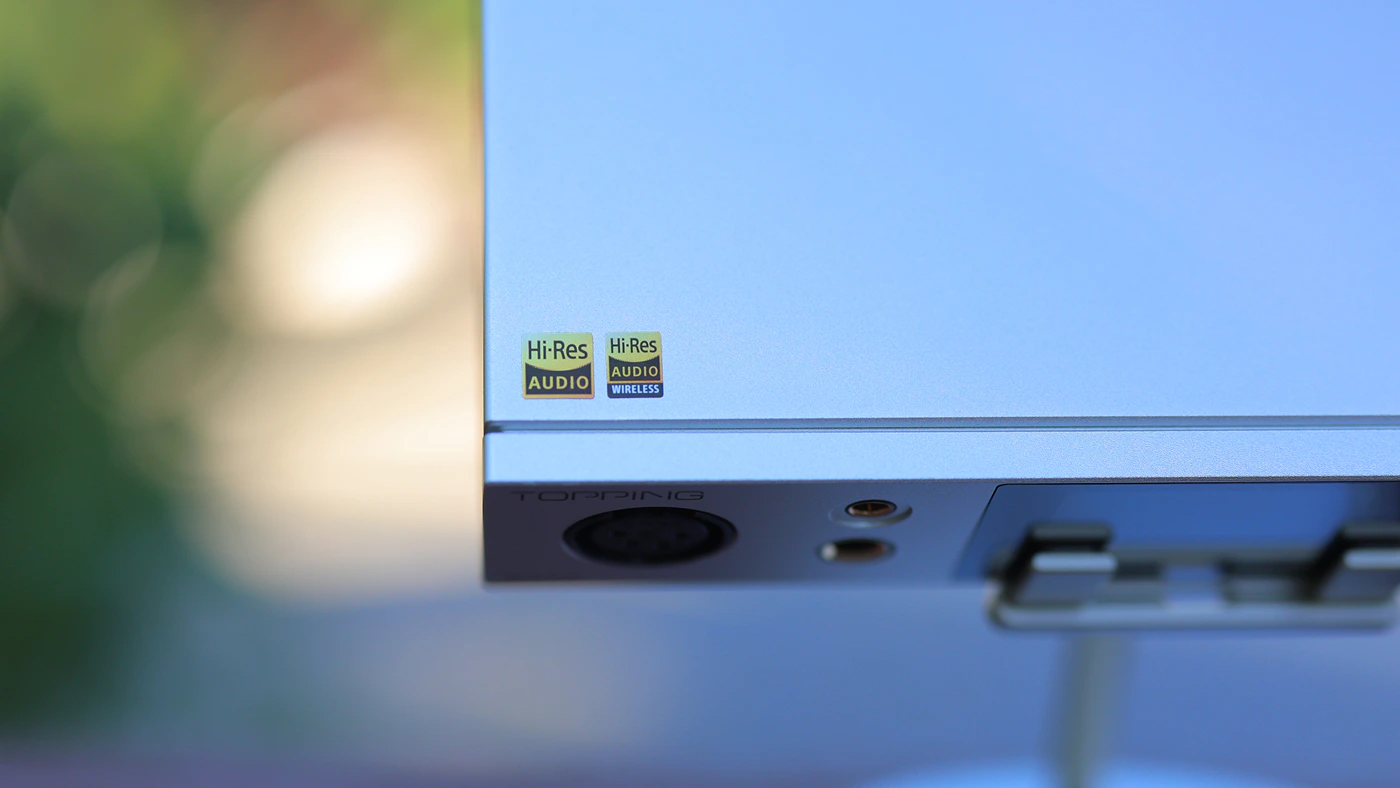
Input list includes USB, BT Antenna, Coax, Optical and 12B Trigger, while output list includes XLR Balanced output, Single Ended RCA output, 4.4mm headphone output, XLR Headphone output and 6.3mm SE headphone output.
USB DAC – Subjective Usage
There is no USB DAC delay, and DX5 II is perfect for playing back real time content like music videos, gaming and other real-time activities. It has that beautiful VU Meter home display which is simply too awesome, and it has multiple home modes, and Bluetooth.
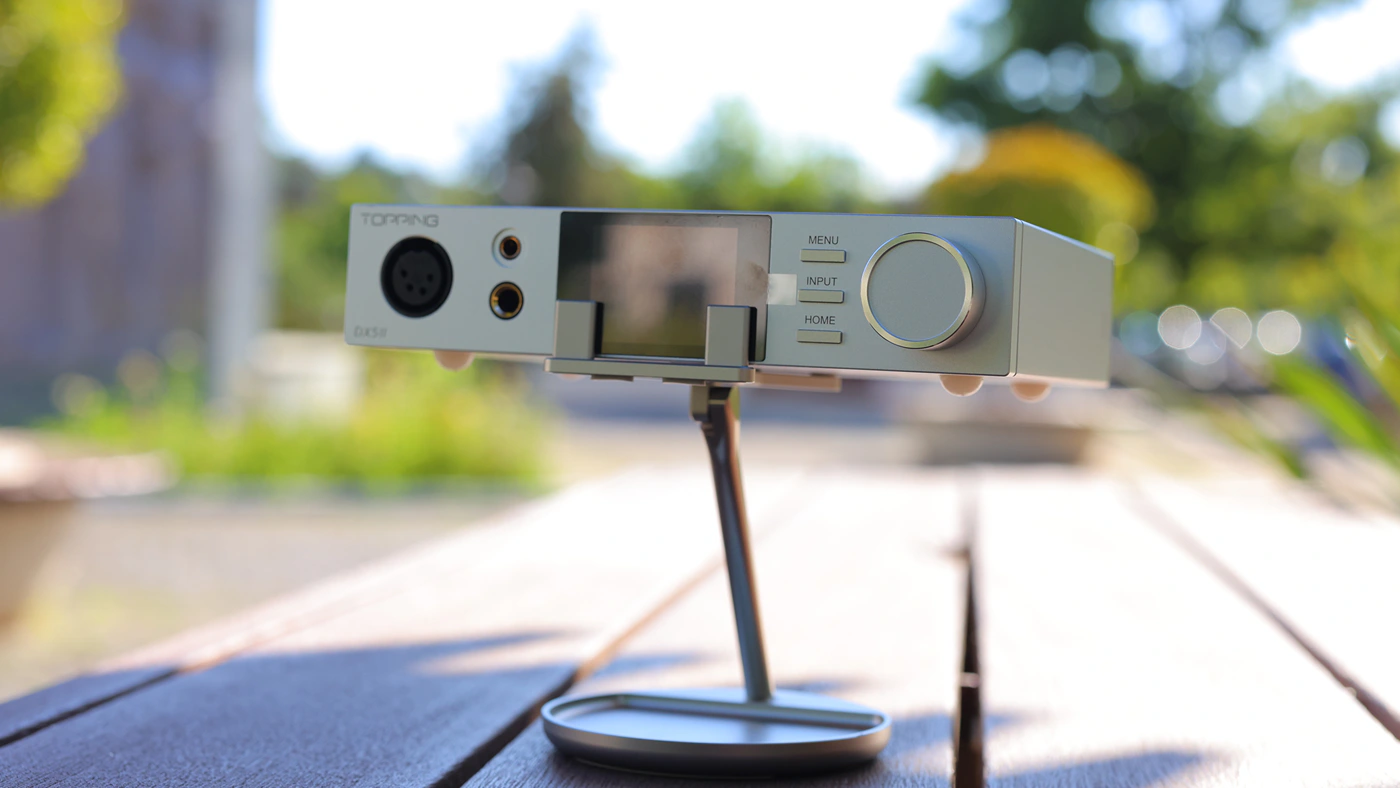
No bugs, no issues, it is simply brilliant, and everything works as it should.
Sound Quality
Pairings – I have paired the new Topping DX5 II with a selection of IEMs and Headphones including KBEar Cepheus, Xenns Mangird Top Pro, Punch Audio Martillo, Crosszone CZ-10 Enhanced, TanchJim Origin, NFAudio NE4, NfAudio NA2+, Rose Technics QT-X, Palma DHS-1, and RAPTGO LEAF D01. It has more than enough power for all the IEMS in this list, even on low gain, but on high gain it drives the CZ-10 Enhanced and Palma DHS-1 with ease. It can struggle a tiny bit driving harder to drive headphones with a high impedance like Sivga Peng, but it still is wholly within what it can do. HIFIMAN Susvara Unveiled is a bit of a struggle, but HIFIMAN Arya Organic is all within the realm of what Topping DX5 II can drive.
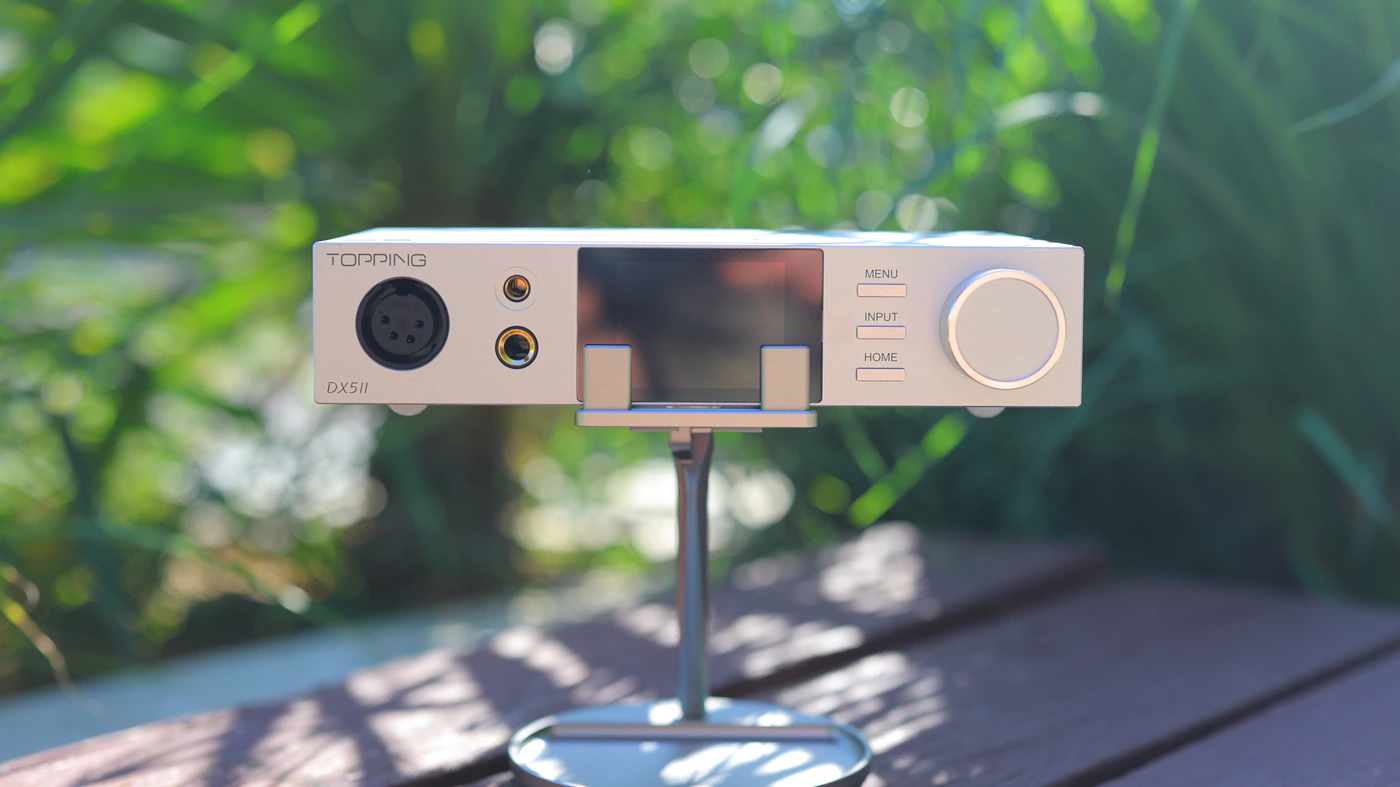
Overall Signature – Topping DX5 II sounds organic, natural, has a natural – high impact, and no coloration towards bass or treble, having a good tonal balance. I appreciate the kind of special control and resolution it has, there’s far more focus on how precise, revealing and clean it is. Soundstage in particular is its strong point, extremely wide, holographic, pushing the boundaries of what you’d expect from a DAC AMP in the midrange price bracket. It really sounds a bit different from all previous Topping DAC AMPs which have always been ok, but nothing quite as holographic, crisp and revealing as DX5 II.
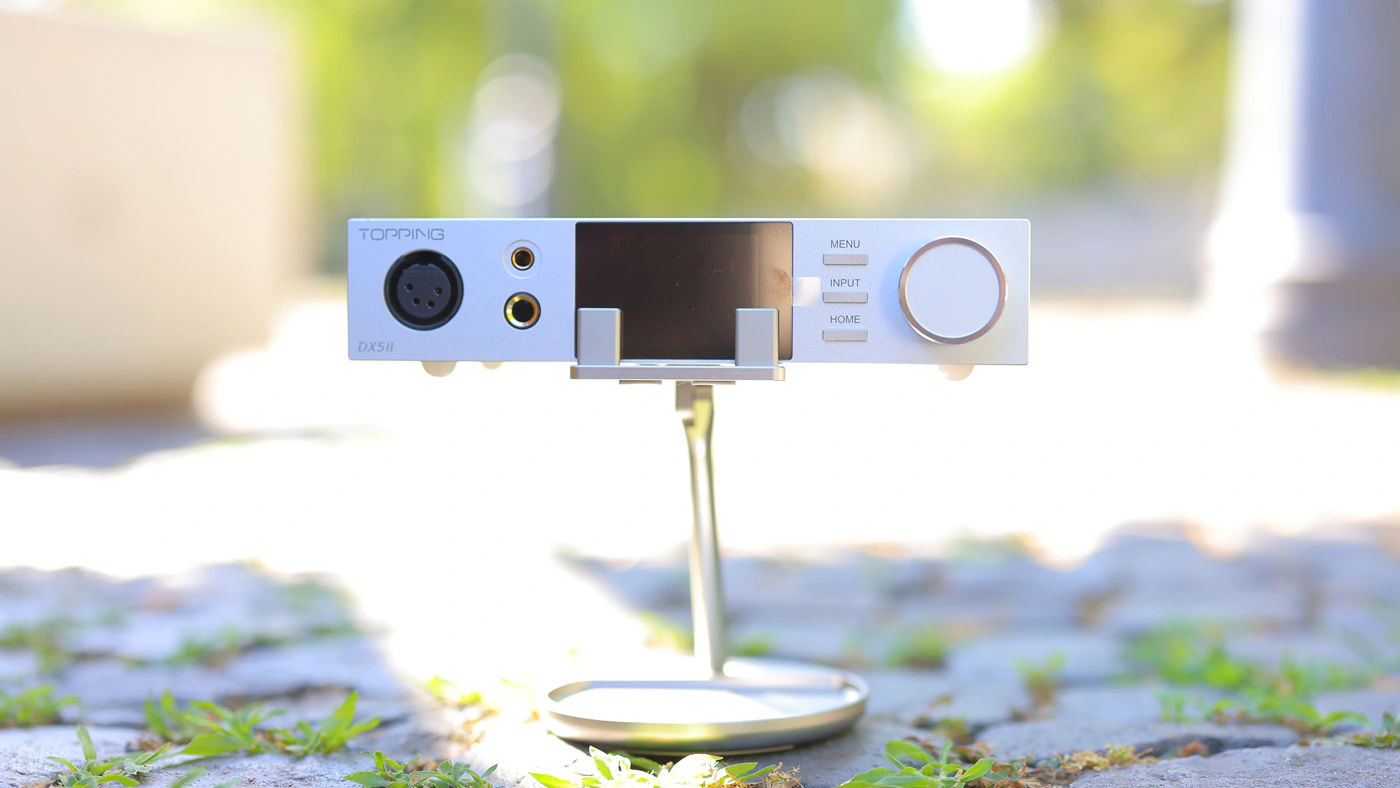
Bass – Bass of the DX5 II is rounded, smooth, full and clean, with a natural extension and amount, without forcing the sound to be deeper or darker than it naturally is recorded, mixed and mastered. It is incredibly controlled and can put the backbone into headphones even though it doesn’t go louder than it can. Basically, this is a loudness saturation gradient trick, it sounds like it has a higher power per voltage than most sources, which creates the feeling of depth, impact and bass really well, it is punchy, deep and has a strong separation between the low-end, midrange and treble. Overall, this is super pleasing, and especially if using the balanced headphone output, it has a powerful, clean bass.
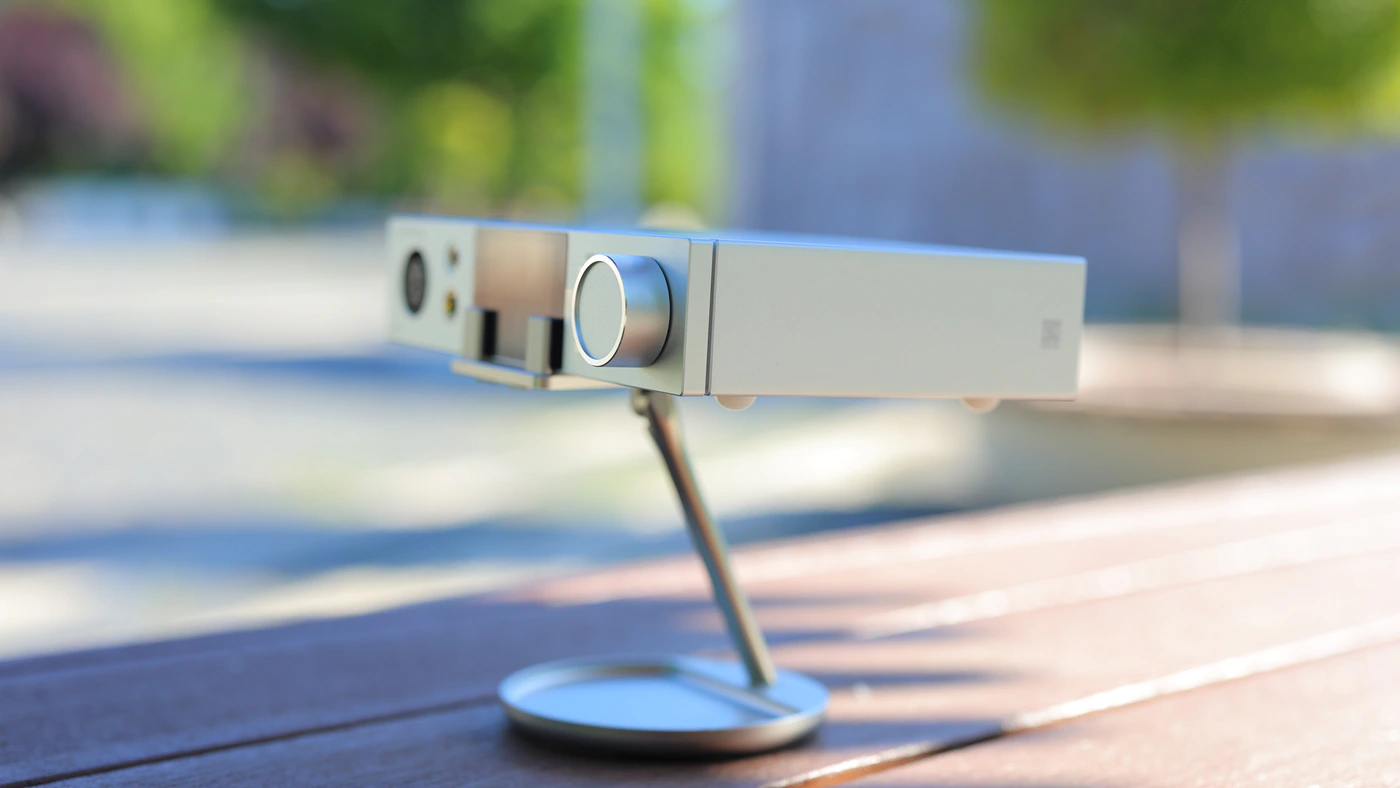
Midrange – Just like the bass is rounded and full, midrange is organic, fun, natural and controlled. I love how DX5 II seems to limit the maximum power output and limit the loudness to allow the music to stay as controlled, clean and crisp as possible. Tonality has a natural bias, both male and female voices are emphasized equally, and it has a smoother, slightly splashy texture. All in all, it sounds super rounded, full and natural.
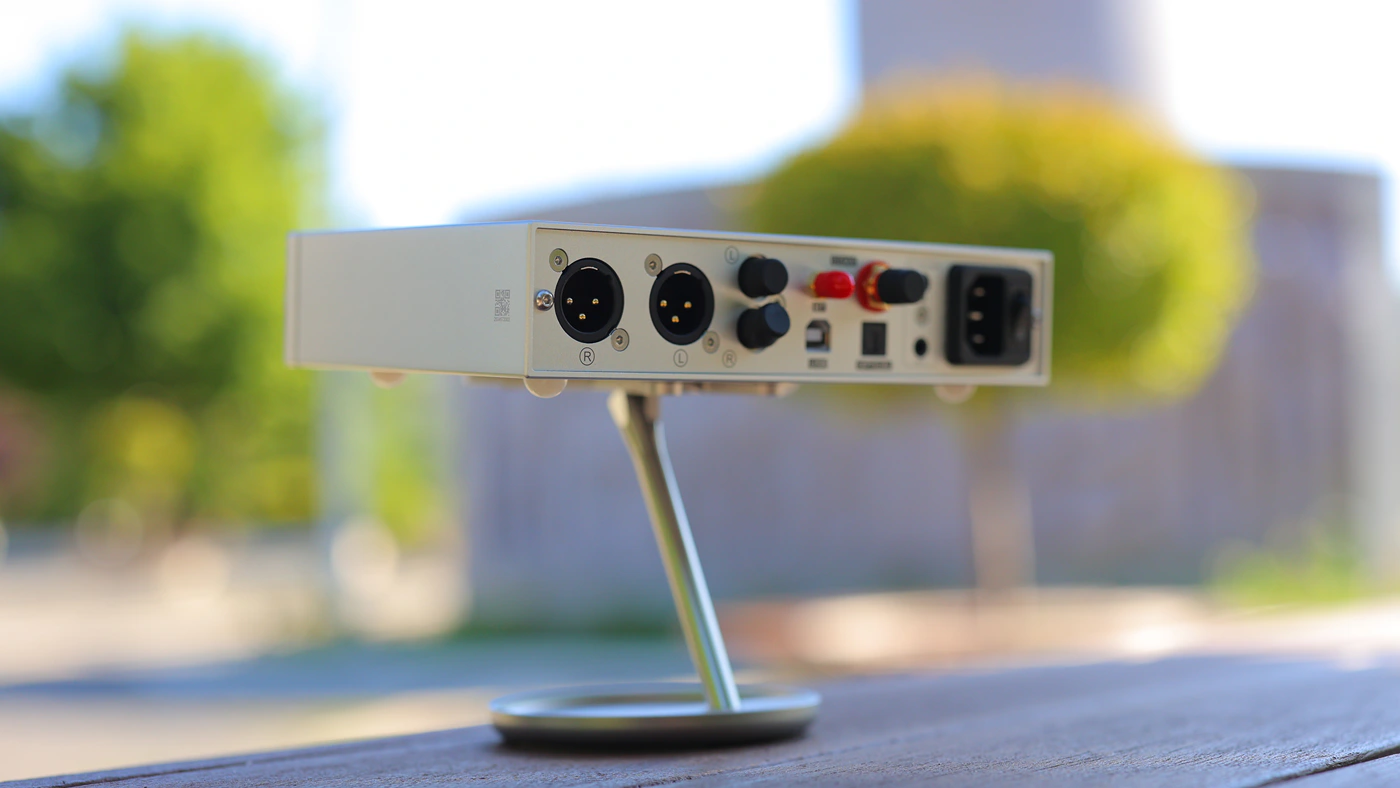
Treble – Quite the brilliant DAC AMP, DX5 II has a strong extension in the treble, but also has a smoother treble, a relaxed, laid-back presentation that does not force a harsh or grainy treble onto you. In fact, it seems to sort out harshness and grain really well, smooths out the hard edges a bit, creating a more musical, easier to enjoy presentation.
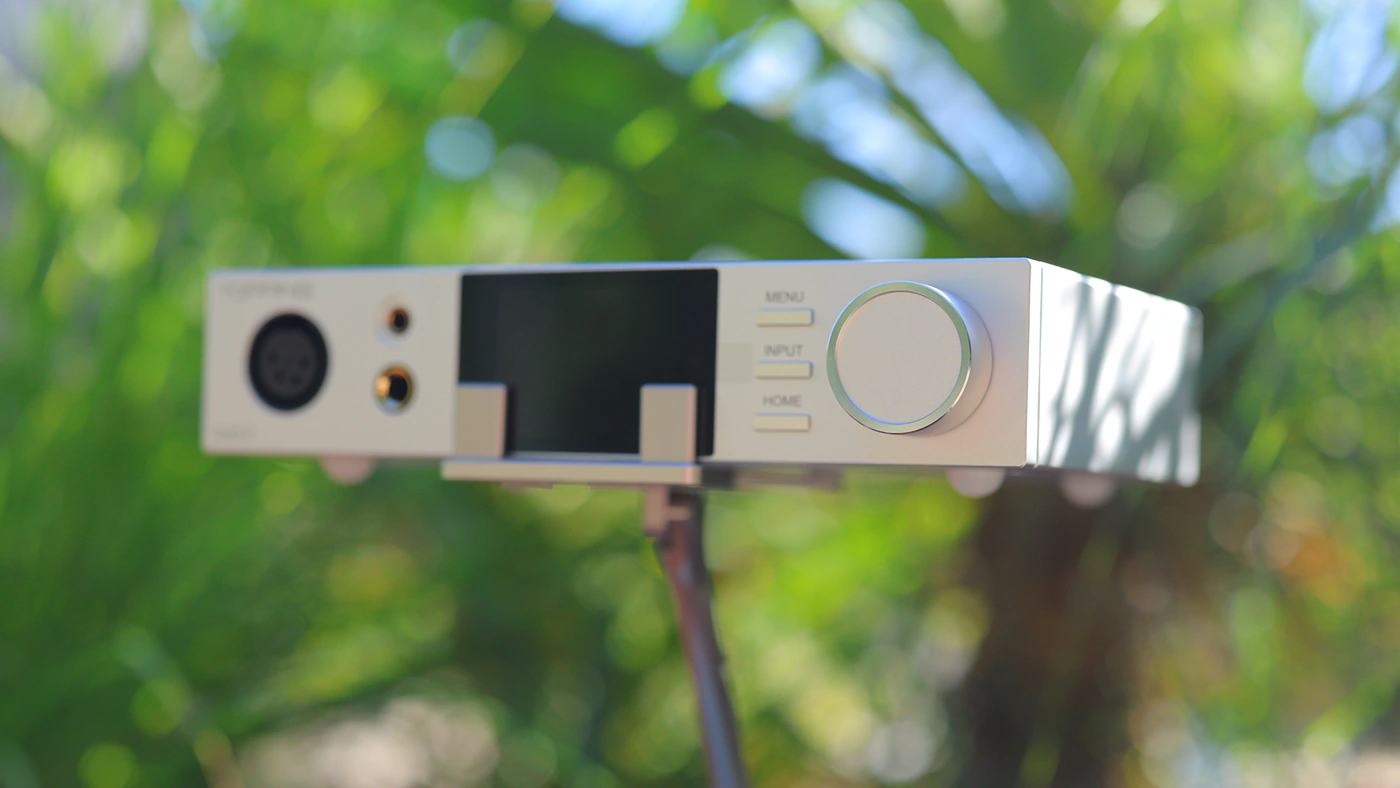
Dynamics / PRaT / Textures – A big part of how Topping DX5 II can sound so organic and natural is that it smooths out the hard edges in music, creates a presentation that does not highlight the hard parts, creating a smoother, more organic approach for all styles. A slightly splashy and wet character makes sure that even aggressive instruments sound natural and enjoyable.
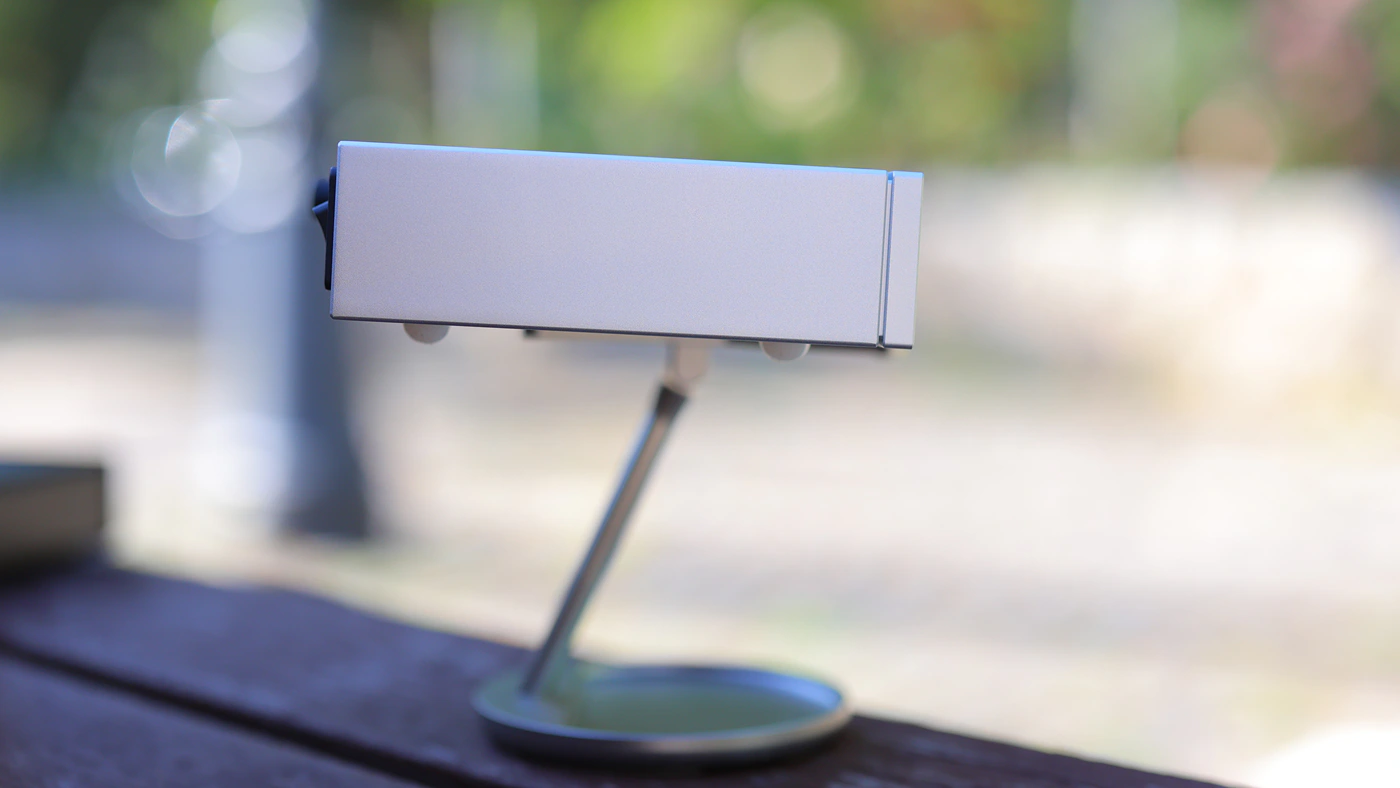
Loudness Saturation Gradient – Topping dX5 II also has a unique loudness saturation gradient, it draws more power before it amps the voltage, so this results in a sound that is quieter than you expect from the driving power, but has much better control, a deeper bass and more impact than usually. It is very consistent with IEMS and headphones, always having the same signature and it has a high headroom, but cannot drive very hard to drive headphones, made for control and precision over volume.
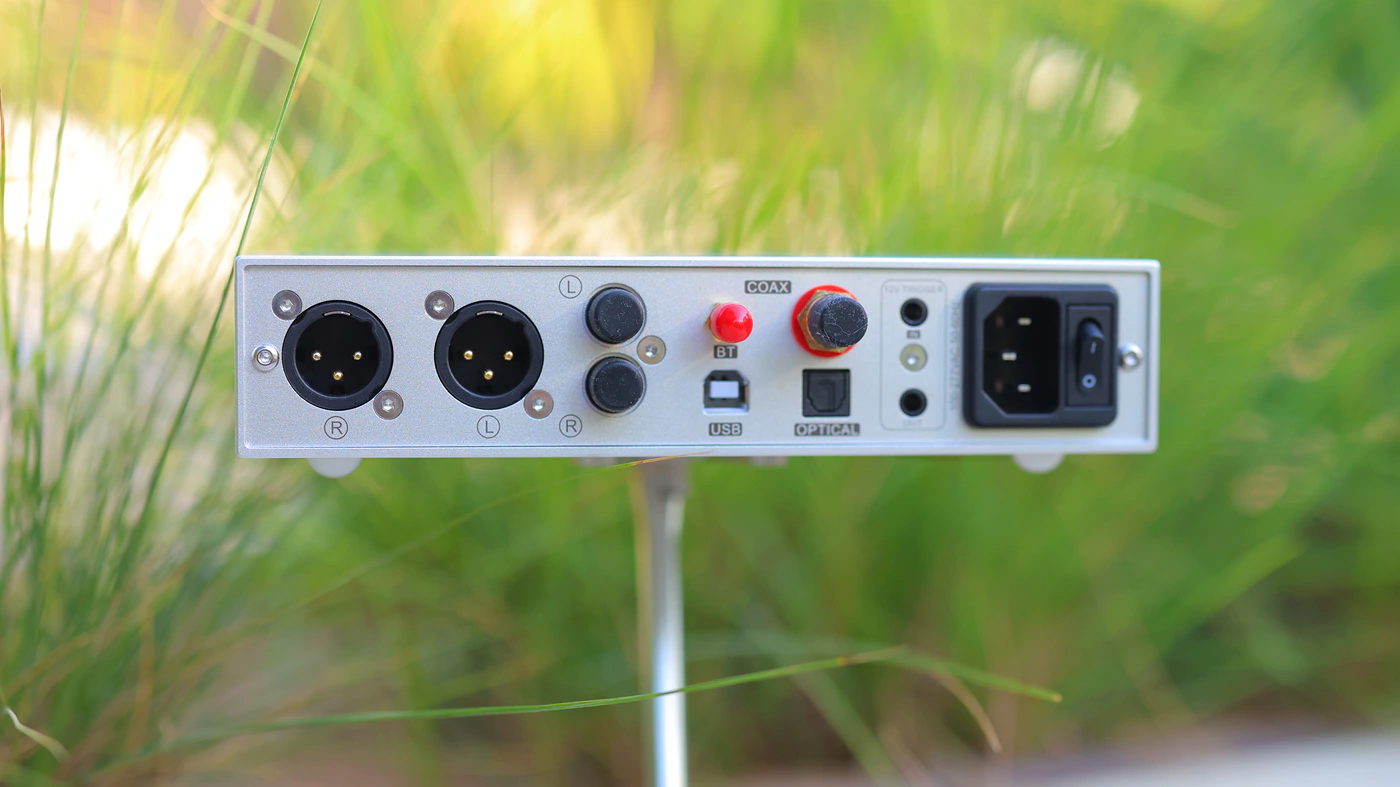
Soundstage – I feel like this is the best part of Topping DX5 II, it has a huge, wide, holographic and brilliant soundstage, it pushes the boundaries of what the DAC AMP usually does, especially in its price range, it creates a wide, airy image. Instrument separation is natural nothing beyond what you’d normally expect, but it has a superb width and depth.
Comparisons
Topping DX5 II vs iBasso Nunchaku (299 USD vs 299 USD) – Nunchaku is a small portable DAC AMP with a Tube inside, and it is much easier to recommend if you’re going to travel anywhere, it has a lower power draw, does not need a power outlet to work, and it is far simpler to use than DX5 II. This being said, DX5 II has VU Meters, XLR Balanced Line Outs with Preamp function, it has XLR and 4.4mm balanced headphone outputs, and a complex EQ that you can use with all inputs. Basically, DX5 II is far more advanced if you can sit at your desk. This being said, sonically, Nunchaku has a higher driving power, can achieve a far louder maximum volume, while DX5 II has a much higher driving power, but always sounds quieter. Sonically, Nunchaku has more texture, more warmth, feels a bit more revealing and more open. DX5 II sounds more rounded, more lush, smoother, leaner, more organic and it is generally an excellent desktop DAC AMP that is versatile. Nunchaku is a bit more aggro and less laid back.
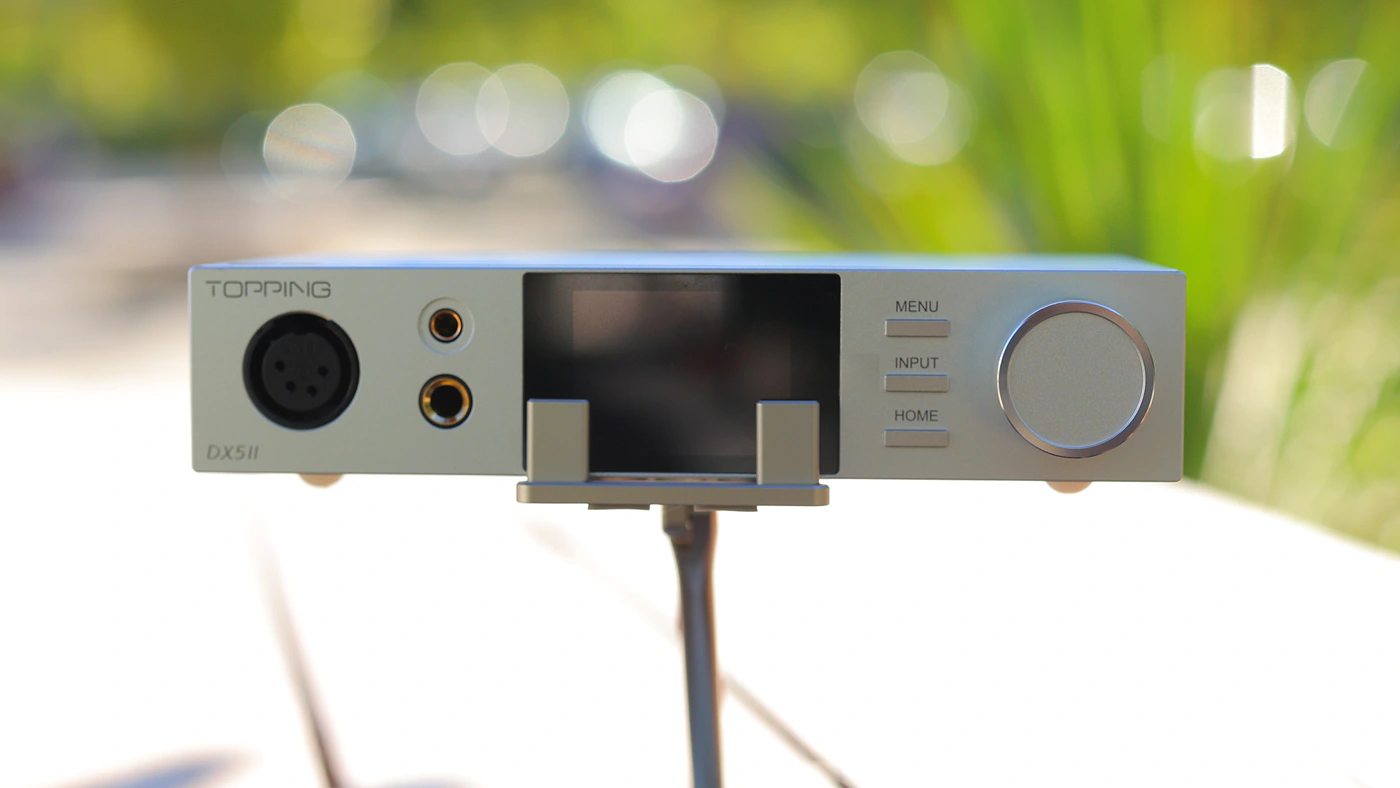
Topping DX5 II vs Shanling EH2 (299 USD vs 369 USD) – Shanling EH2 is also a desktop DAC AMP with a similar design, but very different set of features. EQ is basic on EH2, but a bit easier to use and configure. Build quality is comparable, but a bit better on DX5 II. I prefer the XLR outputs on the DX5II, and it feels a bit more solid. VU Meters are a huge bonus too. Sonically, EH2 becomes louder far faster, it has a ton of punch and kick, it is dynamic, engaging and vivid, and it has that tone control that is just super useful. DX5 II can have much more precise adjustments for the EQ, it sounds more round, but less warm, more natural, and has a more laid-back and relaxing tuning, with less harsh and hard edges. EH2 can sound more honest and real to the original material, DX5 II has a beauty effect, it sounds softer, warmer, more musical, more organic and less abrasive and less agro.
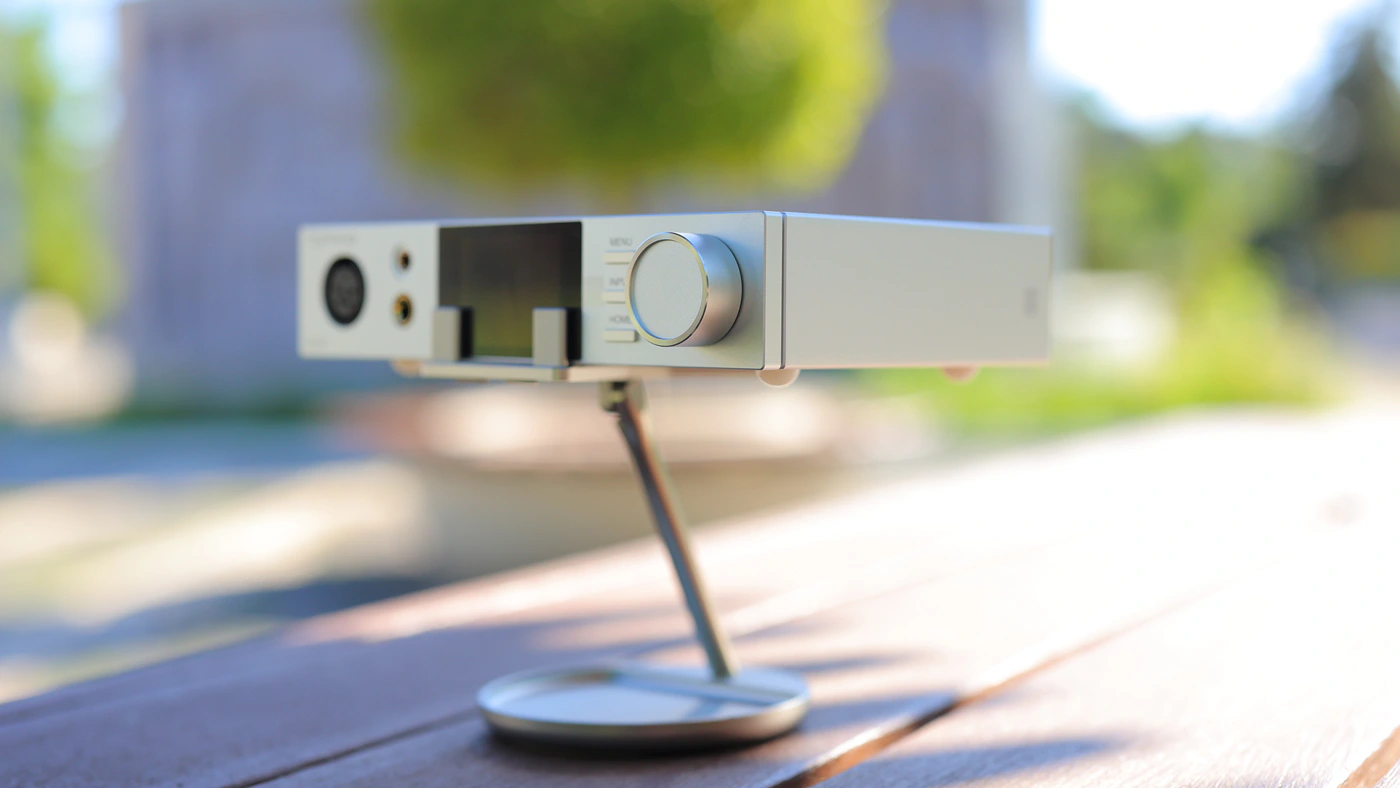
Topping DX5 II vs KAEI TAP-1 DACs (299 USD vs 329 USD) – TAP-1 DACs was the first I heard that would try to implement those old stock tubes in a portable, and while it is a portable DAC AMP, it has many of the functions that DX5 II has , and comes at a similar price. While I find Nunchaku to be a good portable option, TPA-1 DACs are somewhat sensitive to handling noise, and I don’t really recommend it that much for portability, so here DX5 II wins pretty big points, both are desktop DAC AMPs if you really want to take advantage of them. Sonically, DX5 II is far more revealing, has a better resolution, better textures, better micro detail and a more organic sound. It is simply a more brilliant DAC, although maximum volume is lower than with the TAP-1 DACs. TAP-1, despite using tubes, can sound more dry, analytical, but does not exact more resolution necessarily. TAP-1 is also more narrow, while DX5 II is wider, more holographic and more open sounding.
Value and Conclusion
With such a fair price point, DX5 II is one of the DAC/AMPs with the highest price / performance ratios that I reviewed in general. It has EQ, nice build VU Meters, and an excellent sound, plus it is fully balanced, it has it all, for a rather convenient price too.
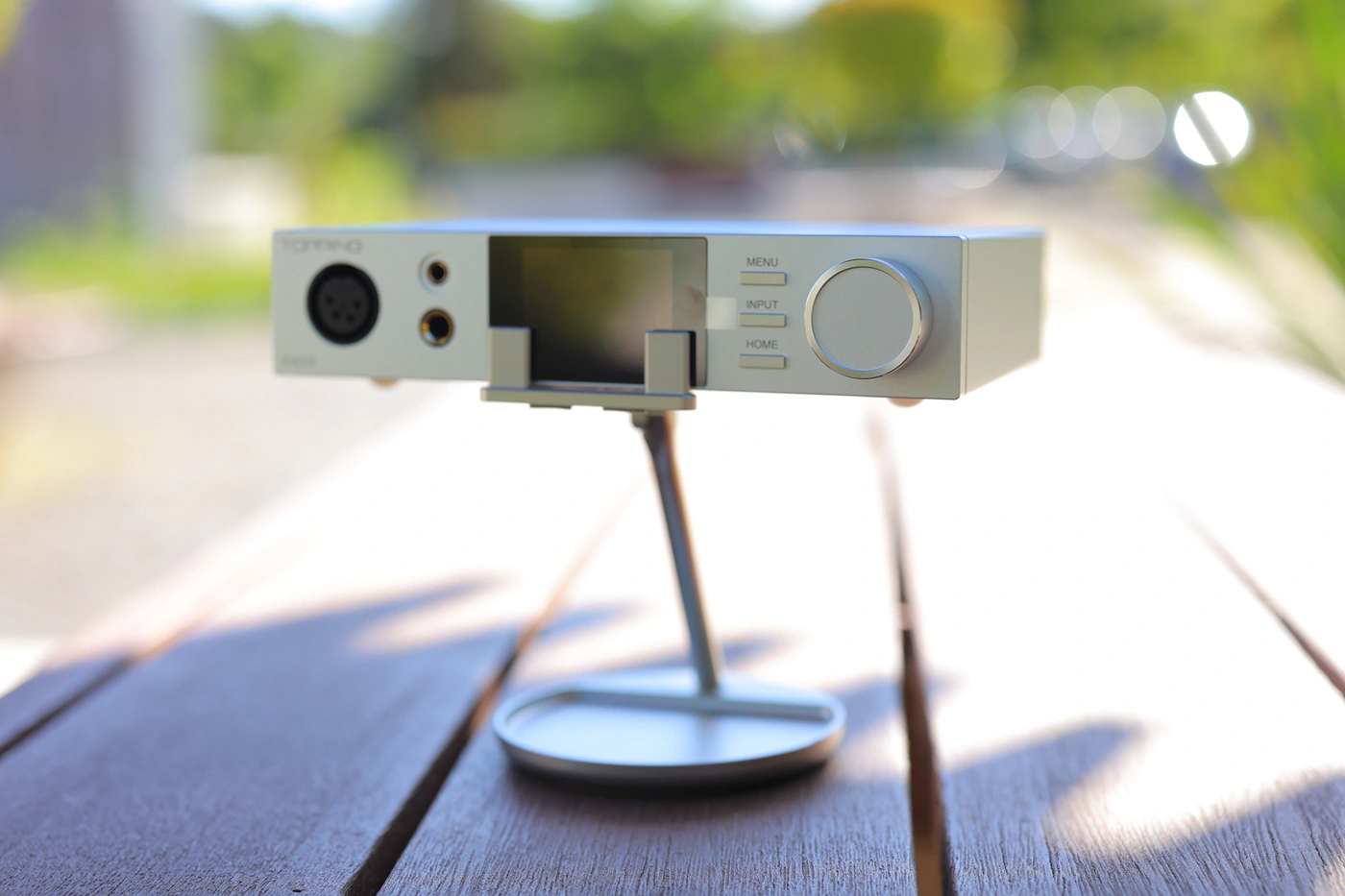
At the end of the day, Topping developed a uniquely good DAC / Headphone AMP in the DX5 II, it is excellent regardless of what you need and how you look at it. It is a winner DAC AMP that I can easily recommend to everyone, versatile and easy to use in any setup.
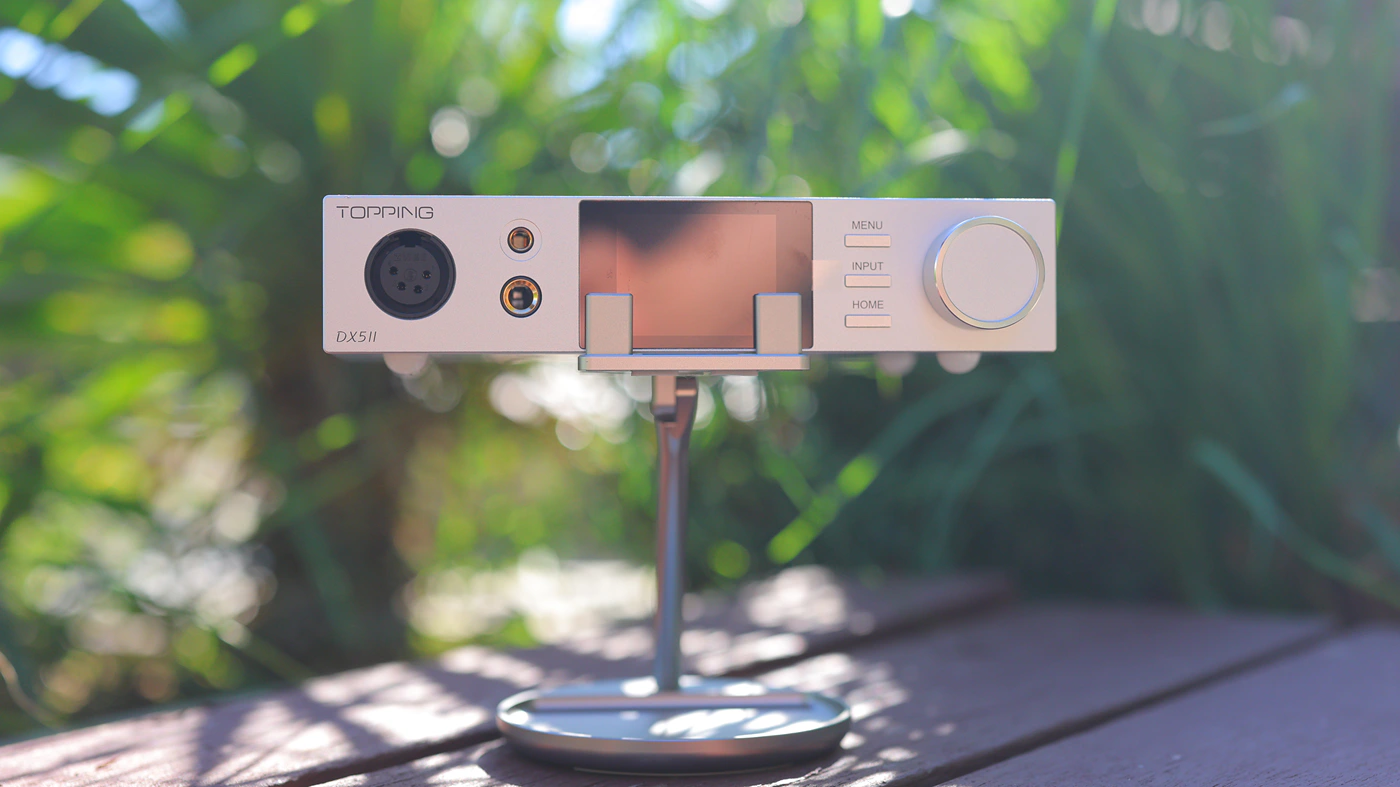
PROs
- Stunning display and VU Meter approach
- Bright and colorful display
- Natural, organic sound that is rounded and clean
- Excellent overall resolution and revealing ability
- Punchy and fatigue-free sound
- Strong and controlled sound
Cons
- Not the highest driving power out there for headphones, even for the balanced headphone output
Product Link
Amazon – https://amzn.to/44PRqdN
Aliexpress – https://s.click.aliexpress.com/e/_om37HKM
--- Please remember to stay safe, and always have fun while listening to music!---
- If you have a dime to spare, please donate, and help us! It would make the day brighter for me and my wife-
Full Playlist used for this review
We listened to more songs than those named in this playlist, but those are excellent for identifying a sonic signature. I recommend trying most of the songs from this playlist, especially if you’re searching for new music! The playlists are different for Spotify, Tidal and Youtube, and based on the songs I enjoy and are available on each!
https://www.youtube.com/playlist?list=PL_cjBXGmwSHSdGcwuc_bKbBDGHL4QvYBu
https://open.spotify.com/playlist/5J3oloz8Riy9LxEGenOjQ0?si=979ba4f082414be7
https://tidal.com/browse/playlist/330fd544-8e5b-4839-bd35-676b2edbb3d5
--- Contact Us ---





